Garment enterprises in Bac Giang save energy, improve competitiveness
Reducing input costs
In recent years, being aware of the role of energy saving in production, many garment firms have actively invested in new equipment to replace outdated machines that consume a lot of electricity.
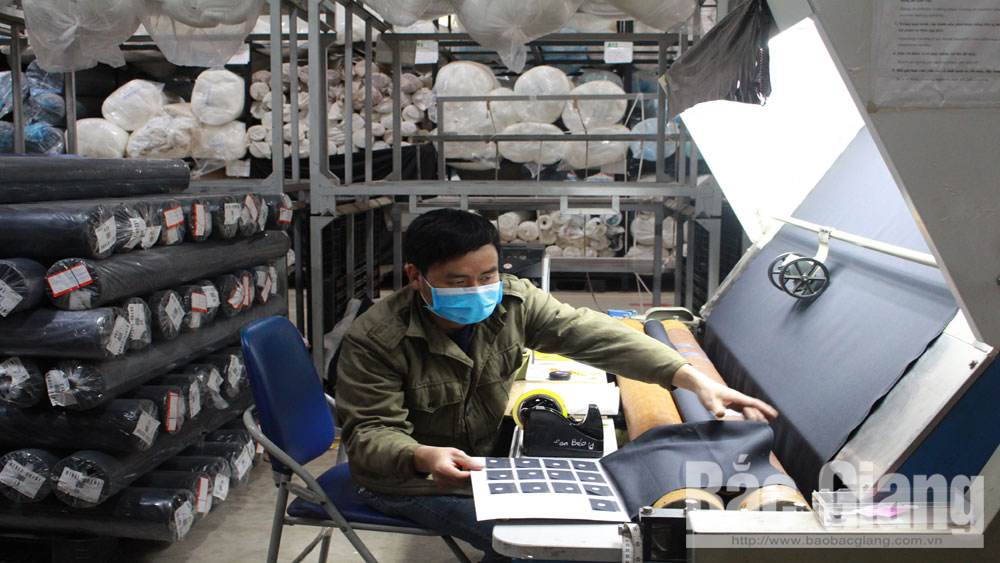 |
|
An automated fabric testing machine at the Nam Chau Garment Joint Stock Company (Lang Giang district). |
Typically, the Nam Chau Garment Joint Stock Company in Dai Lam commune (Lang Giang district), operational for more than 6 years, has always focused on saving energy resources in parallel with developing production and improving living standards and income for employees.
Currently, all old sewing machines of the company were replaced with Japan’s JUKI machines to reduce energy consumption. It uses energy-saving bulbs, computers and air conditioners. Its production lines strictly follow the 5S process. In 2019, the company saved more than 200 million VND (8,630 USD) in electricity and equipment repairing costs.
Like the Nam Chau Garment Joint Stock Company, as a large-scale manufacturing unit in the garment industry, the Bac Giang Garment Corporation JSC (Bac Giang city) annually exports 40-60 million USD worth of products. Its spending on electricity is very large. On average, the unit pays nearly 500 million VND (21,570 USD) for electricity bills.
According to Pham Van Thao, head of the company’s Mechatronics Group, over the past two years, the business has invested hundreds of billions of VND in shifting to machines using electronic motors which can automatically disconnect power when overloaded. The company focuses on improving the lighting system in its workshops. As a result, in 2019, it saved nearly 2 billion VND (86,300 USD) in electricity costs compared to before.
To increase competitiveness and reduce production costs, other garment enterprises in the province such as: Viet Pan Pacific Co., Ltd. (Bac Giang city); Ha Phong Export Garment Joint Stock Company (Hiep Hoa district); Bac Giang LLG Garment Corporation (Lang Giang district) are also applying many different solutions, with energy saving as an effective one to reduce input costs, improve labor productivity and economic efficiency.
Promoting automation
The province now has 120 garment enterprises. The units have studied and put into use many technological advances and production management measures to minimize energy consumption (input costs). However, most of the garment firms have small and medium production scales and backward technology, leading to large energy consumption and low competitiveness.
|
In 2019, the whole province had 10 garment enterprises with annual electricity consumption of 1 million kWh or more. They signed an agreement to carry out an electric load adjustment programme, with the adjusted output of more than 5,000 kWh. At present, businesses continue to register to participate in the programme with an expected adjustment level larger than the previous year. |
In help the units effectively save electricity, the provincial Department of Industry and Trade, the Bac Giang Electricity Company, and the provincial Business Association have organized training courses and conferences on economical and efficient use of electricity, guiding garment enterprises how to build management models, audit plans and energy-saving processes.
With a strong increase in export volume and value, the garment industry is affirming its large position in the province's industrial sector. In addition to the duties of specialized agencies, each enterprise must be self-aware of the importance of this issue to its production and business activities, thus actively investing in modern equipment and automation.
Relevant agencies are encouraging businesses to build solar battery systems to save electricity, protect the environment and reduce pressure on the power industry.
Hoang Phuong
 Bắc Ninh
Bắc Ninh





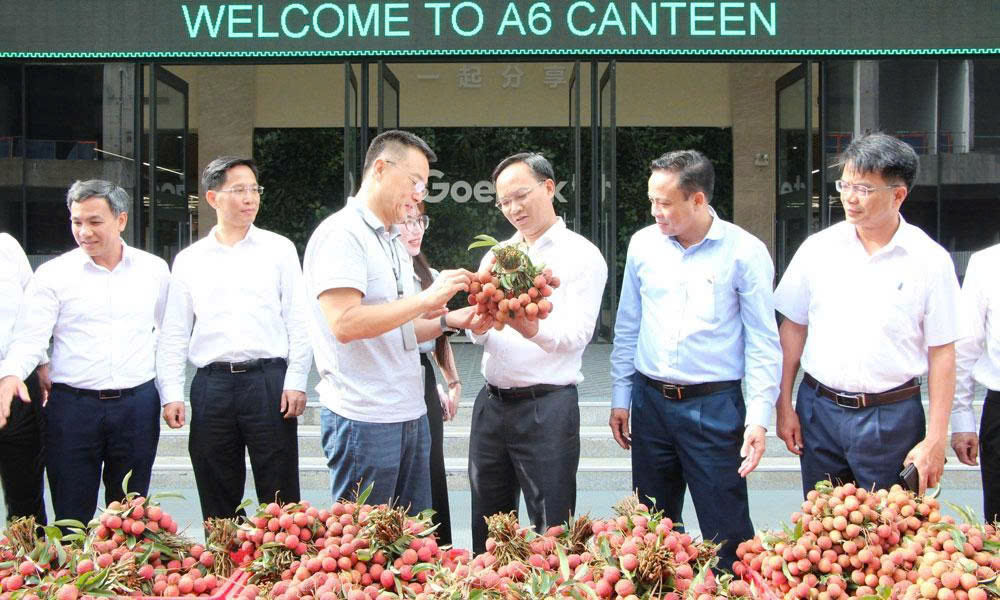


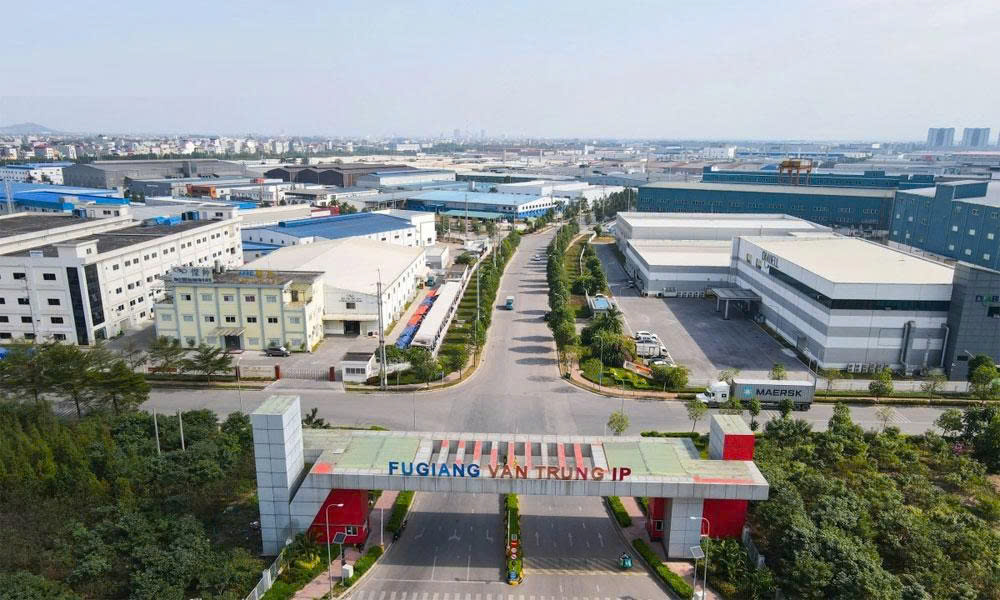

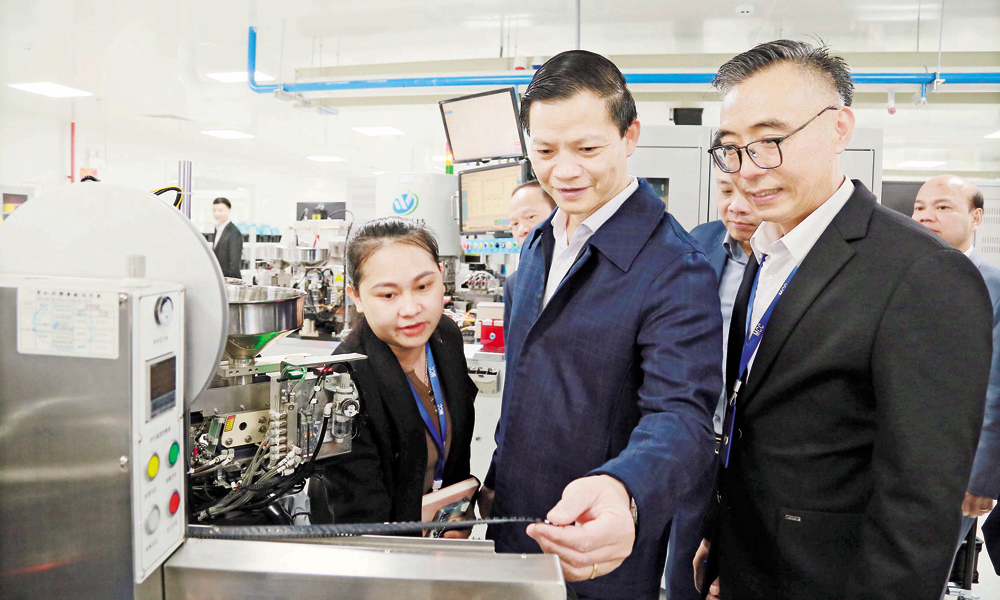

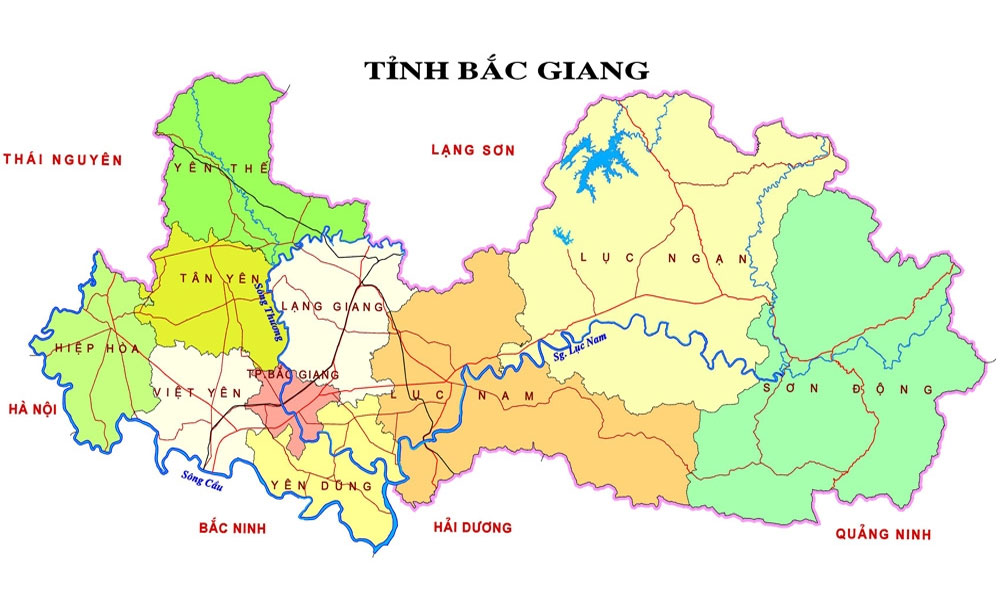


Reader's comments (0)